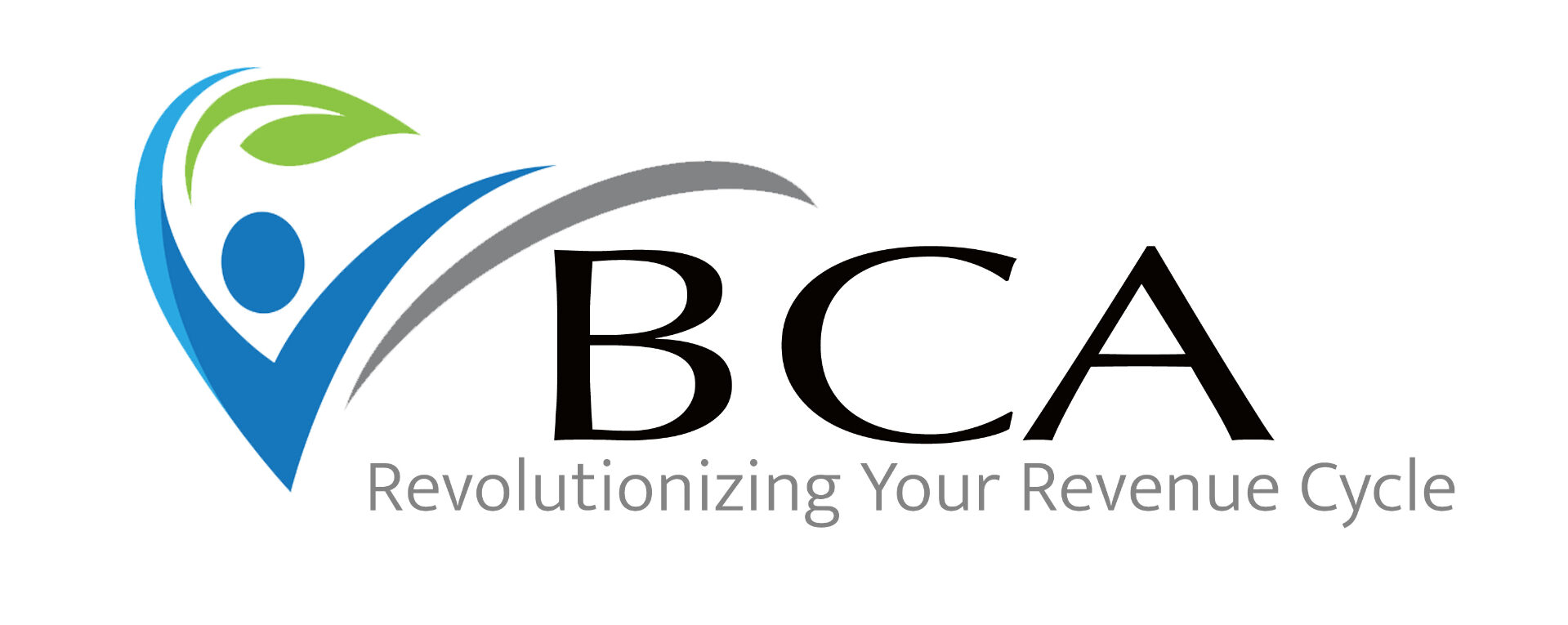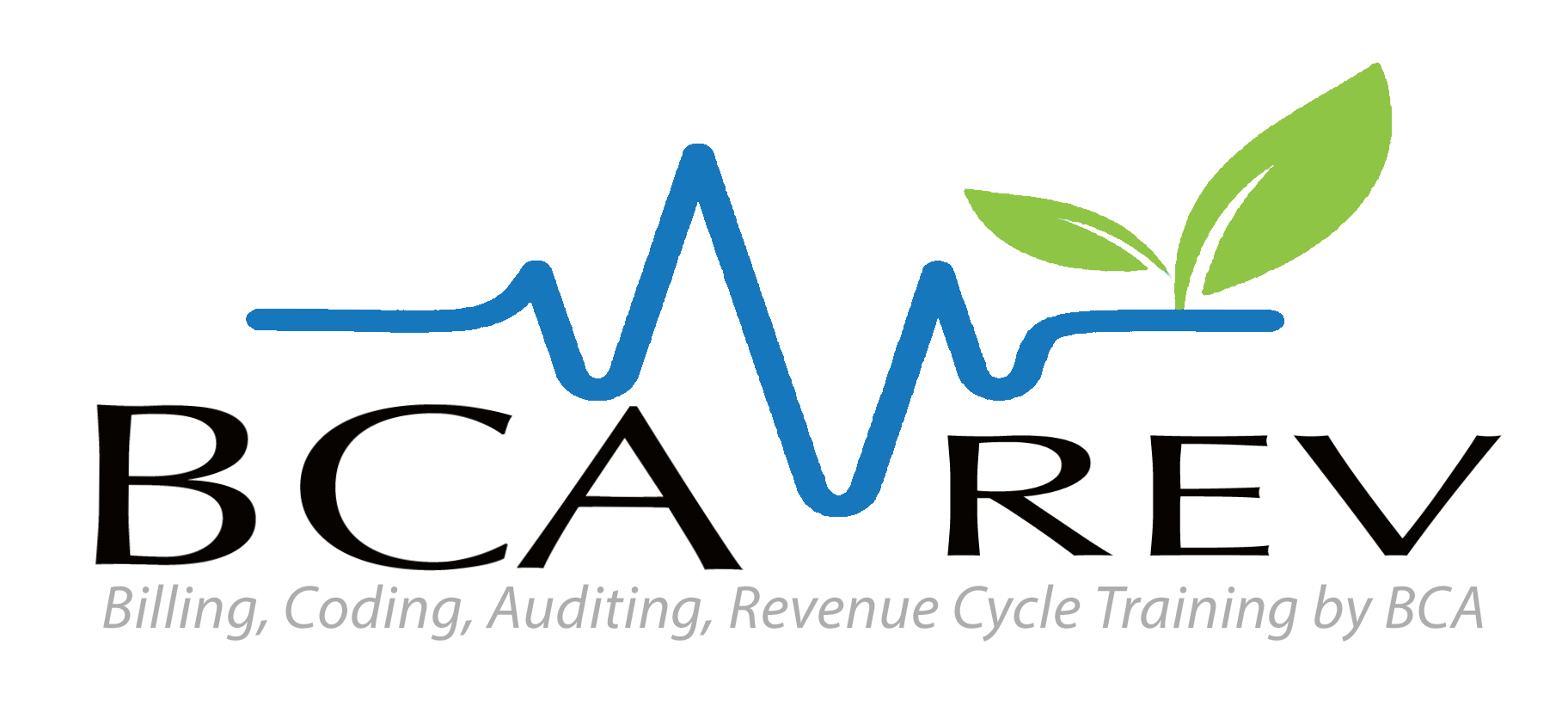OB diagnosis coding presents some of the greatest challenges for primary care and obstetric coders. A patient whose pregnancy is otherwise normal and healthy may be at higher risk to develop complications because of a patient’s age or social factors. Code language doesn’t always match clinician language. The coder must consider whether a complication is pre-existing or gestational, knowing that some conditions that develop during a pregnancy may be considered pre-existing. Delivery episodes of care and postpartum encounters have their own set of rules that must be mastered as well. In this series, we’ll break down obstetric coding for each of these areas and practice application to help attendees master this challenging topic.
Series Learning Objectives:
- Appropriately apply diagnosis coding guidelines to a variety of obstetric presentations.
- Decipher the differences between clinician speak and coding terms for accurate coding.
- Utilize available tools and resources to minimize clinician queries.
- Recognize when additional information is necessary and create actionable queries.
- Completely and accurately represent information in the chart with correct diagnosis coding.
- Demonstrate proficiency through coding scenarios.
OB Diagnosis Coding Part 1 October 1st at 9am PST
Session length: 2 hours (2 CEUs)
Session Description: From the initial encounter to confirm pregnancy, a coder must be on the lookout for complications and considerations that may affect pregnancy management. In this session, we’ll discuss the differences between a normal pregnancy and a high risk pregnancy according to ICD-10-CM. We will then discuss the differences between a normal and a high risk pregnancy from a clinician’s perspective and learn how to bridge the gap between these two interpretations. We will use tools available in the ICD-10-CM manual to track weeks of gestation and determine trimesters. Finally, we’ll use scenarios to practice these skills.
OB Diagnosis Coding Part 2 October 8 at 9am PST
Session length: 2 hours (2 CEUs)
Session Description: Building on our excellent foundation from Part 1, we’ll dig deeper into common pregnancy complications, such as UTIs, back pain, hypertension and diabetes. We’ll explore reporting for multiples, fetal and maternal abnormalities, and loss of pregnancy. Diagnosis coding guidelines abound; we’ll carefully apply these instructions to a variety of scenarios to see how they apply in real life examples.
OB Diagnosis Coding Part 3 October 15 at 9am PST
Session length: 2 hours (2 CEUs)
In this final installment, we’ll take all that we’ve learned through the delivery episode of care and beyond. We’ll discuss how to report high-risk pregnancies where complications develop vs. those whose concerns never came to fruition. We’ll report delivery complications, traumas and outcomes. Next, we’ll consider reporting of conditions that carry through to the postpartum period vs. those that develop during the postpartum period. We’ll finish off the series with robust coding exercises that will allow attendees to apply their coding skills.

